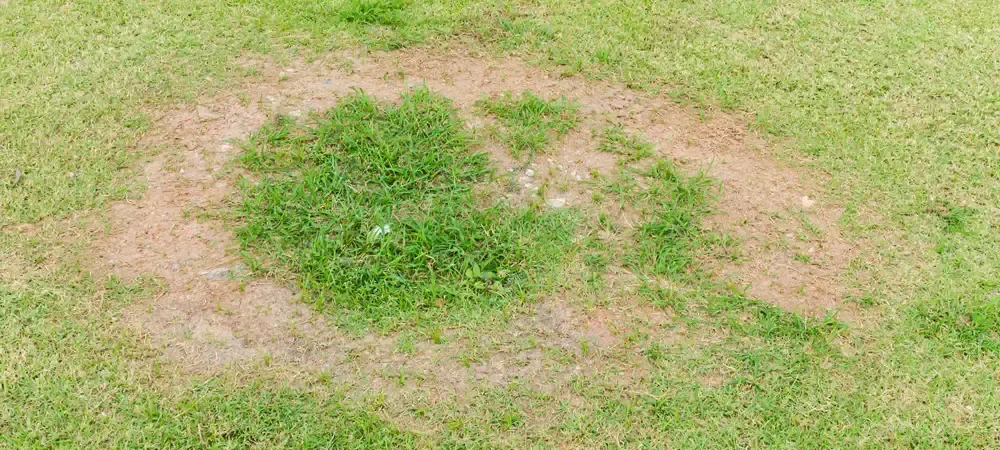Why Does My Lawn Turn Brown in Texas?

If you’ve recently moved to Texas, one of the first things you might notice about your yard is that it doesn’t always stay green year-round. Lawns here can shift from lush and vibrant to dull or brown seemingly overnight—and that can be concerning if you’re not used to it. But before you assume something’s wrong, it helps to understand how Texas’ unique climate and soil conditions affect your grass.
Brown patches and color changes are often part of the natural cycle for Texas lawns, especially when temperatures swing between extremes or rainfall becomes scarce. Learn why this happens and what you can do to help your lawn recover.
Common Reasons Your Lawn Has Brown Spots
Texas weather is tough on grass. Between long stretches of heat, unpredictable rain, and heavy clay soils that don’t drain well, your lawn works overtime to survive. Even healthy lawns go through color changes as the seasons shift or when they’re stressed by the environment.
Here are some of the most common reasons your lawn might turn brown:
- Seasonal dormancy: Warm-season grasses like Bermuda, St. Augustine, and Zoysia naturally go dormant when temperatures drop below 60°F. During this time, grass blades lose their green color, but the roots remain alive beneath the surface. Once spring warmth returns, so does the color.
- Heat and drought stress: Intense summer sun and limited rainfall can dry out your soil, especially if watering restrictions are in place. When grass can’t get enough moisture, it conserves energy by turning brown until conditions improve.
- Fungal diseases: High humidity and overnight watering can lead to fungal issues like brown patch or take-all root rot. These usually appear as circular or irregularly shaped brown spots and can spread if not addressed.
- Improper watering habits: Frequent, shallow watering encourages weak roots that can’t handle heat or drought.
- Pet damage or high traffic: Areas that get heavy use or frequent pet activity may struggle to regrow, leaving brown or bare patches behind.
How to Tell If It’s Dormant or Dead
One of the biggest concerns for homeowners is whether their brown lawn is just dormant—or actually dead. A quick test can help you tell the difference:
- The tug test: Gently pull on a section of the grass. If it resists and feels firmly rooted, it’s likely dormant. If it pulls up easily with no resistance, the roots may have died.
- Check for uniformity: If your entire lawn is brown and even in color, it’s probably dormant. If brown patches appear in random areas, it may be disease, insects, or watering issues.
How to Help Your Lawn Recover
Even though some browning is normal, there are steps you can take to support your grass through stressful conditions:
- Water deeply and infrequently. One or two deep soakings per week encourage roots to grow down into the soil, making your lawn more resilient to drought.
- Adjust mowing height. Avoid cutting your grass too short—it’s better to leave it a little taller during hot months to shade the soil and retain moisture.
- Aerate compacted soil. In Texas’ dense clay soils, aeration helps water and nutrients reach the roots more effectively.
- Avoid over-fertilizing. Adding fertilizer during periods of stress can make things worse. Focus instead on steady maintenance and proper watering.
- Inspect regularly. Look for irregular patches, thinning grass, or signs of disease so you can catch issues early.
When to Call a Professional
Sometimes, even the most diligent care can’t fix the problem without expert insight. Fungal infections, grub infestations, or nutrient deficiencies often require specific treatments or timing to resolve.
If you’re not sure what’s causing the browning, or if your lawn isn’t bouncing back after the weather improves, you may want to consider a free professional lawn evaluation from Bob Short's LawnEnvy. Our team can identify what’s really going on below the surface and help you restore your lawn’s health naturally and safely.
